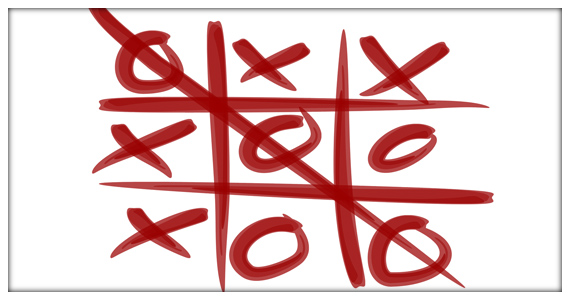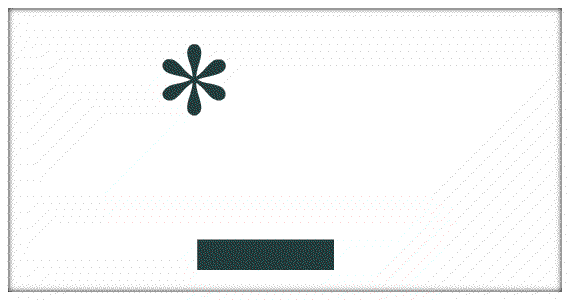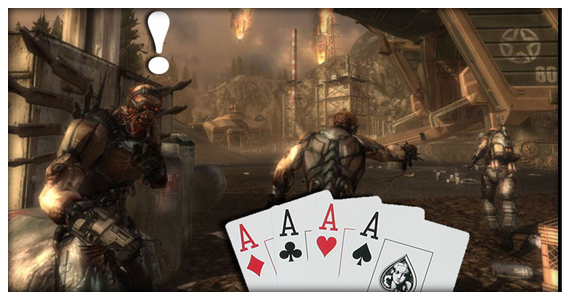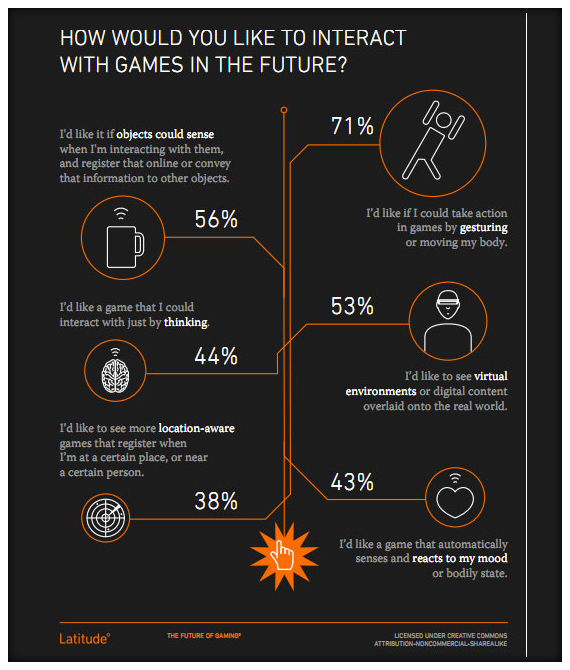At the time we had the opportunity to attend a presentation of the author Michael Mulvihill, best known for publishing awesome RPG books like "Shadowrun" and "Battletech", which, by the way, were part of my adolescence.
I watched the presentation of Mr. Mulvihill, which proved extremely inspiring for all those who were there, and wanted to give life to their own games.
When the lecture ended, I asked for an autograph and asked him a question: "Mr. Mulvihill, what is required to be a good game designer? ". And he answered me:
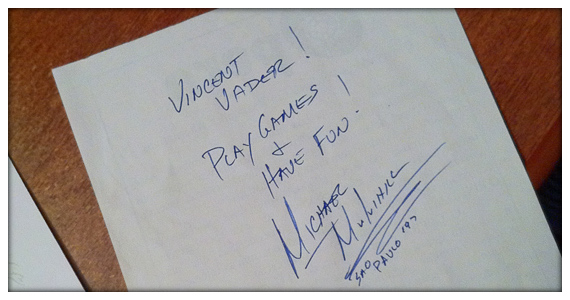
Years later, I've found this paper inside an old drawer and realized how much truth there was in those words. I think the idea is to play games, experience games and interact with ludic interfaces all the time. The message of Mr. Mulvihill is about getting good references and repertoire because this is essential to create good gaming projects.
So we can apply these concepts in several areas of knowledge and create good experiences.
So, play games and have fun.

